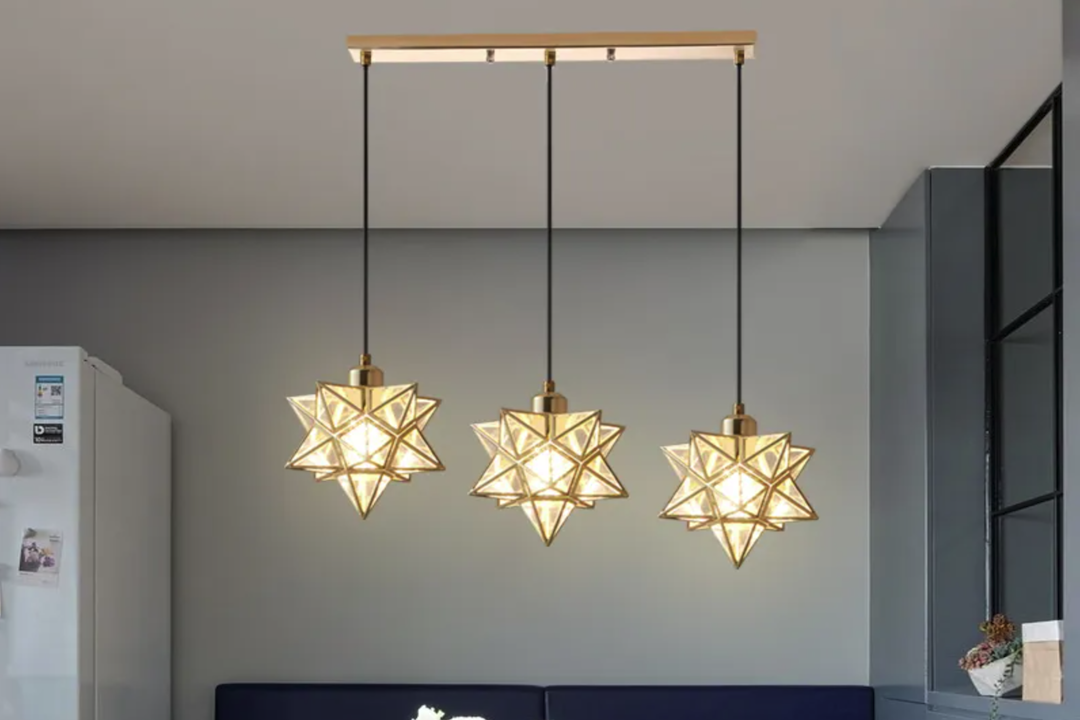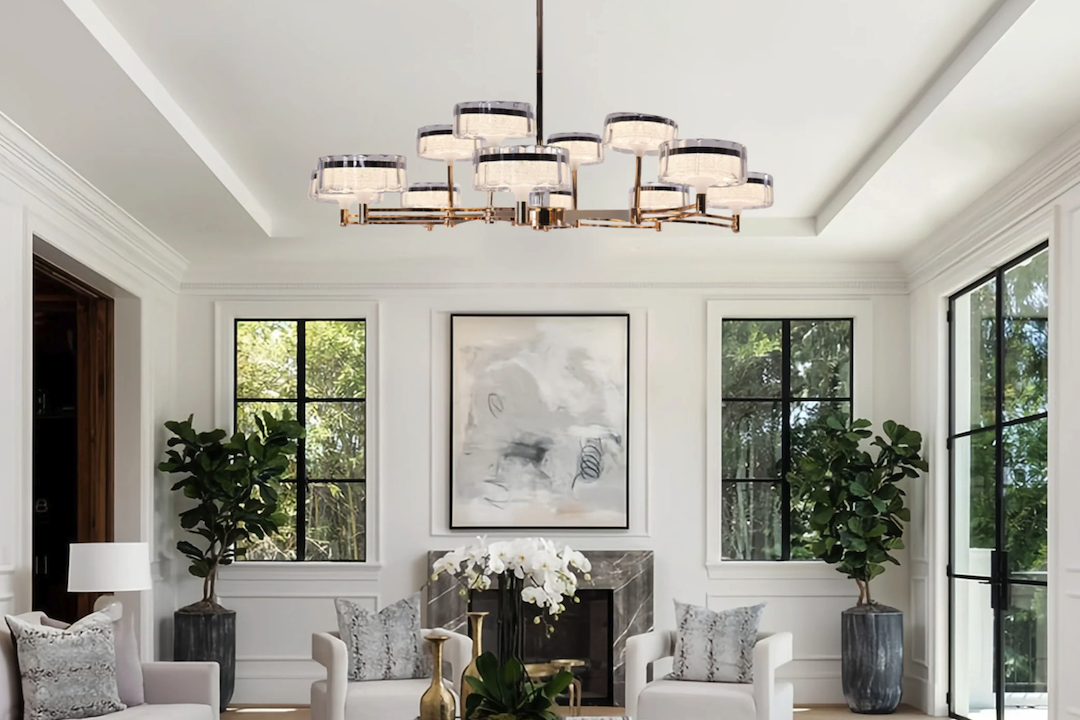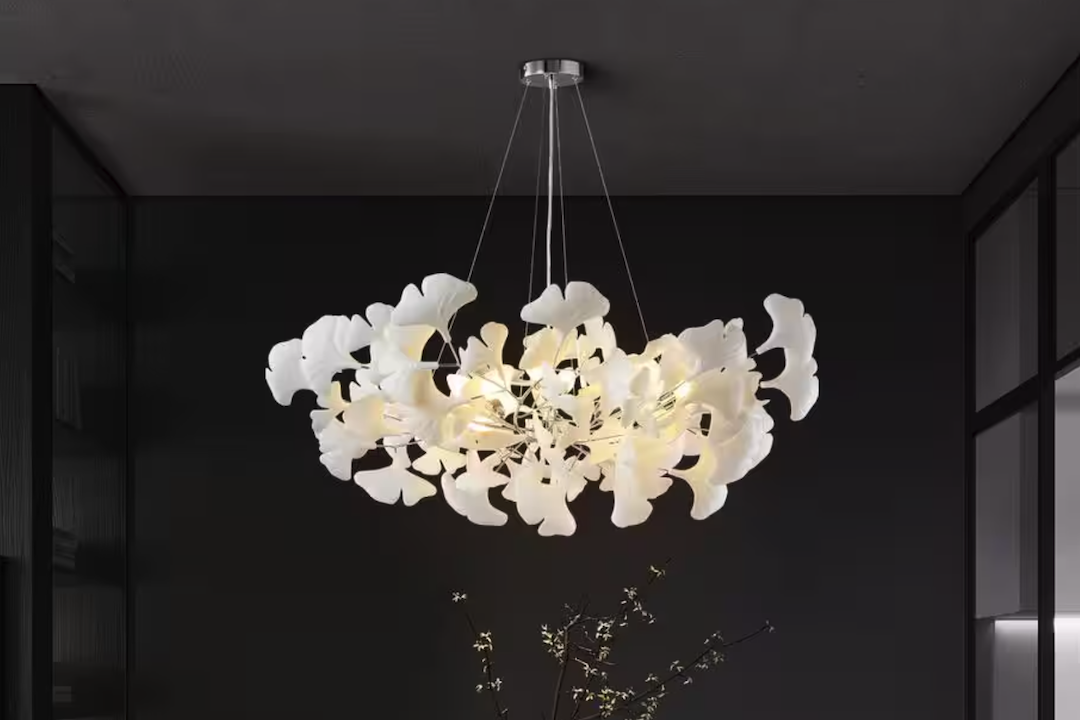The history of hollow carved chandeliers is a fascinating journey that intertwines art, culture, and technological advancement. Originating in the medieval period, chandeliers were initially simple wooden or metal frameworks designed to hold candles. These early designs were functional, serving the practical purpose of illuminating dark spaces in castles and churches.
However, as the Renaissance unfolded, the aesthetic value of lighting fixtures began to gain prominence. Artisans started to experiment with more intricate designs, leading to the emergence of hollow carved chandeliers that showcased elaborate craftsmanship. By the 17th and 18th centuries, hollow carved chandeliers had evolved significantly, particularly in Europe.
The Baroque and Rococo periods saw an explosion of creativity, with chandeliers becoming symbols of wealth and status. Artisans in regions like France and Italy began to incorporate ornate carvings, often depicting floral motifs, cherubs, and other intricate designs. These chandeliers were not merely functional; they were works of art that adorned the grand halls of palaces and the homes of the affluent.
The use of crystal and glass further enhanced their beauty, allowing light Zifoto to refract and create dazzling displays. This period marked a significant turning point in chandelier design, as hollow carved chandeliers became synonymous with luxury and opulence.
The Artistry and Craftsmanship Behind Hollow Carved Chandeliers
The Craftsmanship Behind Each Piece
The artistry involved in creating hollow carved chandeliers is a testament to the skill and dedication of artisans. Each piece is often handcrafted, requiring a deep understanding of both design principles and material properties. The process begins with selecting high-quality wood or metal, which serves as the foundation for the chandelier.
Intricate Patterns and Finishing Touches
Artisans meticulously carve intricate patterns into the material, often using traditional techniques passed down through generations. This level of craftsmanship ensures that each chandelier is unique, reflecting the individual style and vision of the creator. In addition to carving, the finishing touches play a crucial role in the overall aesthetic of hollow carved chandeliers. Artisans may apply various techniques such as gilding, painting, or staining to enhance the natural beauty of the materials used.
A Masterpiece of Light and Design
The combination of these techniques results in a stunning piece that not only serves as a source of light but also as a focal point within a room. For instance, a wooden chandelier might be finished with a rich mahogany stain that highlights its grain while adding depth to its appearance. The attention to detail in every aspect of the design process underscores the artistry involved in creating hollow carved chandeliers.
The Versatility of Hollow Carved Chandeliers in Different Spaces
Hollow carved chandeliers are remarkably versatile, making them suitable for a wide range of spaces and design styles. In contemporary homes, these chandeliers can serve as striking centerpieces in dining rooms or entryways, where their intricate designs can be appreciated from various angles. Their ability to blend seamlessly with both traditional and modern decor allows homeowners to incorporate them into diverse settings without compromising on style.
In commercial spaces, such as hotels and restaurants, hollow carved chandeliers can elevate the ambiance significantly. For example, a lavishly carved chandelier can enhance the grandeur of a hotel lobby, creating an inviting atmosphere for guests. Similarly, in fine dining establishments, these chandeliers can add an element of sophistication that complements the overall dining experience.
The adaptability of hollow carved chandeliers extends beyond aesthetics; they can also be customized in size and scale to fit different environments, ensuring that they make a statement regardless of the space they occupy.
How Hollow Carved Chandeliers Add Elegance to Any Room
The elegance that hollow carved chandeliers bring to a room is undeniable. Their intricate designs and craftsmanship create a sense of sophistication that can transform even the most mundane spaces into luxurious environments. When strategically placed, these chandeliers can draw attention to architectural features such as high ceilings or ornate moldings, enhancing the overall visual appeal of a room.
Moreover, the interplay of light and shadow created by hollow carved chandeliers adds depth and dimension to interiors. As light filters through the carved elements, it casts beautiful patterns on walls and ceilings, creating an enchanting atmosphere. This dynamic quality makes them particularly effective in living rooms or bedrooms, where ambiance is key to comfort and relaxation.
The presence of a hollow carved chandelier can evoke feelings of warmth and intimacy, making it an ideal choice for spaces designed for gathering and connection.
The Different Materials and Styles of Hollow Carved Chandeliers
Hollow carved chandeliers are available in a variety of materials and styles, each offering unique characteristics that cater to different tastes and preferences. Traditional options often include wood and wrought iron, which provide a rustic charm that complements classic decor. Wooden chandeliers can be intricately carved with floral or geometric patterns, while wrought iron designs may feature elegant scrollwork that adds a touch of vintage appeal.
On the other hand, modern interpretations of hollow carved chandeliers may incorporate materials such as acrylic or glass, allowing for innovative designs that push the boundaries of traditional craftsmanship. These contemporary pieces often feature sleek lines and minimalist aesthetics while still maintaining the essence of hollow carving through unique textures or layered elements. Additionally, mixed-material designs are becoming increasingly popular; for instance, combining wood with metal accents can create a striking contrast that appeals to eclectic tastes.
Tips for Choosing the Perfect Hollow Carved Chandelier for Your Space
Selecting the perfect hollow carved chandelier involves careful consideration of several factors to ensure it complements your space effectively. First and foremost, assess the scale of your room; a large chandelier may overwhelm a small space while a petite design might get lost in a grand hall. Measure your ceiling height and consider how low you want the chandelier to hang; generally, it should be at least seven feet above the floor to allow for comfortable movement beneath it.
Next, consider your existing decor style. A traditional wooden chandelier with intricate carvings may suit a classic interior beautifully, while a sleek metal design could enhance a modern aesthetic. Additionally, think about the color palette of your room; selecting a chandelier that harmonizes with your furnishings can create a cohesive look.
Finally, don’t overlook functionality; consider how much light you need from your chandelier and whether you prefer adjustable brightness options or dimmable features for added versatility.
Maintaining and Caring for Hollow Carved Chandeliers
Proper maintenance is essential for preserving the beauty and functionality of hollow carved chandeliers over time. Regular dusting is crucial; using a soft cloth or feather duster can help remove dust buildup without damaging delicate carvings or finishes. For more thorough cleaning, it’s advisable to use a gentle cleaning solution specifically designed for the materials used in your chandelier—whether wood or metal—to avoid any adverse effects on its surface.
In addition to cleaning, periodic inspections are necessary to ensure all components are functioning correctly. Check for loose bulbs or wiring issues that may arise over time; addressing these problems promptly can prevent further damage and maintain safety standards. If your chandelier features crystals or glass elements, ensure they are securely attached and free from cracks or chips.
By taking these steps to care for your hollow carved chandelier, you can enjoy its elegance for many years.
The Future of Hollow Carved Chandeliers in Interior Design
As interior design continues to evolve, hollow carved chandeliers are poised to remain relevant by adapting to contemporary trends while retaining their timeless appeal. The growing emphasis on sustainability has led many artisans to explore eco-friendly materials and practices in their creations. This shift not only aligns with modern values but also opens up new avenues for innovation in design.
Furthermore, advancements in lighting technology are influencing how hollow carved chandeliers are designed and utilized. The integration of LED lighting allows for energy-efficient options that can be customized in terms of brightness and color temperature. This technological evolution enables designers to create dynamic lighting experiences that enhance the visual impact of these chandeliers while catering to modern sensibilities.
In conclusion, hollow carved chandeliers represent a harmonious blend of artistry, craftsmanship, and functionality that transcends time and trends. Their rich history and versatility make them an enduring choice for those seeking elegance in their spaces. As we look ahead, it is clear that these exquisite lighting fixtures will continue to illuminate homes and commercial spaces alike with their unique charm and beauty.




